Arindam Bhattacharjee studied Film Studies from Jadavpur University and later went on to specialize in electronic cinematography from the prestigious Film and Television Institute of India, Pune.
Arindam has just finished shooting Comedy Web Series “Gupt Vigyan” with Rajesh Tailang and Vidya Malvade for Endemol.
His recent short film “EK Chup” based on Shadow Pandemic starring Mona Singh is streaming exclusively on Hotstar. He won “Best Cinematography Award” at SMFF for his short film “EK Kadam” starring Renuka Shahane and Rajesh Tailang.
His feature length Indo- Bangladeshi film “Ice cream” (Directed by national award winning director Redoan Rony) is considered to be one of the best Romantic Films in Bangladesh.
Arindam has also shot many music videos including a musical web show “Sonic Roots”, with Amit Trivedi streaming on Voot
His chartbuster music video “Lamberghini” has been the biggest hit of 2018.
Commercials like “Ma Nehin Bhoolti” (Domino’s pizza) “Sabki Sister” (Max Bupa) are considered to be top ten commercials for “Mother’s Day” and “Rakhi” respectively.
As a child, what were your early influences towards cinema?
My first influence towards cinema came from the film “The Kid” by Charles Chaplin. In sixth standard, my school organised a screening of it. Until that day like other kids “Chaplin “was a mere entertainer to me. I still have a vivid memory. He was introduced to me from a different perspective, and beyond his funny act a great storyteller, a true genius. From there on I watched every film of Chaplin, and even read his book “My Autobiography” at a very early age. It was my first film book. The other film which has had a huge impact on me is the greatest musical of all time “The Sound of Music”. It became my most watched film, ever since I found out a VHS lying at home.
How did you first become interested in cinematography? Did you start with photography?
No, I didn’t initially start with photography; I didn’t have a SLR in my growing years. Whenever we used to travel, I used to take photographs with point and shoot 35mm camera “Kodak kb 10”. Later on, when the negatives were developed parents found out the compositions were pretty good for a child, no heads were cut, and they could rely on me more to take photos. Those days when you had film rolls to take photos it wasn’t easy to win the trust of your parents. But as I grew up I was more influenced by Film Directors.
I still recall the day I came across the director called “Bernardo Bertolucci” in those private VHS screenings, which you have in Kolkata Max-Mueller Bhavan libraries where you watch films with Headphones on. I was trying to watch as many films of his, and by that time I had become a complete film addict. In that process I came across two films “Last Tango in Paris” and “The Last Emperor”, I was completely awed by the visuals. Later on, I read about the maestro Cinematographer “Vitorio Storaro” and his philosophy in storytelling by colour and its psychological influence through cinematography. I watched his remarkable work in Francis Ford Coppola’s ‘Apocalypse Now’ and my interest in cinematographers took a huge leap. I started reading about Cinematographers and revisiting films from Cinematography aspects. I was a Physics student and my interest in the subject of Optics was may be an added motivation.
What steps did you take to train yourself?
Once my interest in Cinematography became stronger, I decided to take photography more seriously. I bought my first SLR (second hand) Pentax K 1000 with my own money that I had earned by giving tuition. I had two lenses Pentax block 50mm (1.4) and Vivitar zoom 70-210 mm.
I joined a photography club in my college and kept on clicking day and night. I used mostly my 50mm, maybe it was easy to carry for street photography. At night, due to its better t-stop, I had an extra advantage in low-lit conditions. Initially, I started with “Black and White Photography” and learnt to develop negatives at a local photographic store nearby to my house. I started reading about photographers and was hugely inspired by “Raghu Rai” and his use of a 50mm lens and “Henry Cartier Bresson.” and his philosophy of capturing a decisive moment. Maybe the equipment which I owned also had a part to play.
Later on, I bought my first video camera, a mini DV 3ccd Panasonic camcorder (PV GS120) and extensively started shooting and editing them on Premiere Pro. It was fun. I made my portfolio to apply for “The Film and Television Institute of India” in Cinematography.
Have you assisted anyone? How does it help one?
After passing from the Institute I assisted many seniors from the Institute, which includes Andre Menezes in commercials, Mahesh Aney, Manoj Lobo and Savita Singh in films. I have even worked with a lot of foreign DOPs who came here to shoot, like Nicola Pecorini (in RA.One), Diego Rodriguez (in Aisha), and Andrew Boulter, I did the second unit for the Netflix film “Guilty”.
Working both as an assistant and then as a second unit helped me to understand the man management and the ethics of the set. Also, different DOPs have different lighting styles and different ways of doing it which helped me to understand theirs, and find my distinctive style.
How did your first film project come about?
I shot my first commercial In Bangladesh for Grameenphone, and it was a single take. When it got released people took note of it and soon I was introduced by the same Executive Producer to the Director Redoan Rony who was making his second film. He was on the lookout for DOP from India. Thereby I got my first film.
What is perhaps the most important factor for you to choose a script?
I always love to read the script in one go, if I can do it, it means I can visualise the film. Most of the time I call up the director immediately and tell him what I feel. It’s very important for me, as it’s a starting point for many discussions and sharing notes with your director. The jamming of Director-DOP is so important and their energies need to match. In the end, I am only helping him/her to execute his/ her visualisation.
Is cinematography intuitive or is it something you learn?
I believe aesthetics and shot taking and thereby reacting to a scene or an action is intuitive but how to execute it, i.e. the craft (technicalities of camera and lighting) is something you need to learn and practice.
Tell us something about your latest film.
I have just completed a show for Endemol called “Gupt Vigyan” with Rajesh Tailaing and Vidya Malvade and lots of kids. It is in comedy genre and I am excited for it. Can’t reveal much but yes me and my director did a lot of referencing on “Visual Comedy”.
Where do you seek inspiration from?
I seek inspiration from many things I come across. Sometimes from paintings, graphic novels, comics, photographs and many more. I am a huge sucker for graphic novels and comics. Also from my school days, I had a huge liking for Impressionist Painters, so I had a few coffee table books which I go through on and off.
What is in the kitty right now?
I recently had an opportunity to shoot and direct “Kareena Kapoor” for a commercial. Looking forward to its post-work and release. Also, I shot something interesting recently for the Panoramic screen which has 270 degrees viewing and moving with the audience at the same time. It was a learning for me as we had to compose a 6:1 ratio (given the pixel ratio we had 1200 by 600) and we had to customize the ratio in our camera. We used Sony Venice 2 as a camera and since we had to shoot mostly wides even for close-ups we called for a swing and shift lens to create bokeh and blurry backgrounds.
What’s your dream project?
I would love to shoot a black-and-white Horror or Noir.
I love the Genre.
Your most memorable blunder?
Of course, the clap, I have given many a time as an A.C.
Since I was from the DOP department always thrown into difficult scenarios and expected to be perfect. I was once told to stand at the exact magnification ratio, not exactly a blunder but I followed that instruction even for a zoom lens and was standing with my clap in between the actors and the lens maintaining equal distances from both of them as per calculations. The sync sound guy jokingly said from now on he needs to give a separate boom for clapping.
Any advice to the inspiring cinematographers?
Keep reading and always keep your eyes open. And on set always be open to suggestions, and never underestimate anyone, sometimes the best can come from assistants.
What book, music, or movie are you enjoying right now?
Recently Watched “The Creator” in IMAX, and loved the cinematography by Greig Fraser and Oren Scoffer. I am a huge fan of Greig Fraser’s work and was even lucky to attend a webinar of him organised by Zeiss.
I am Reading these days “Exhalation” by Ted Chiang.

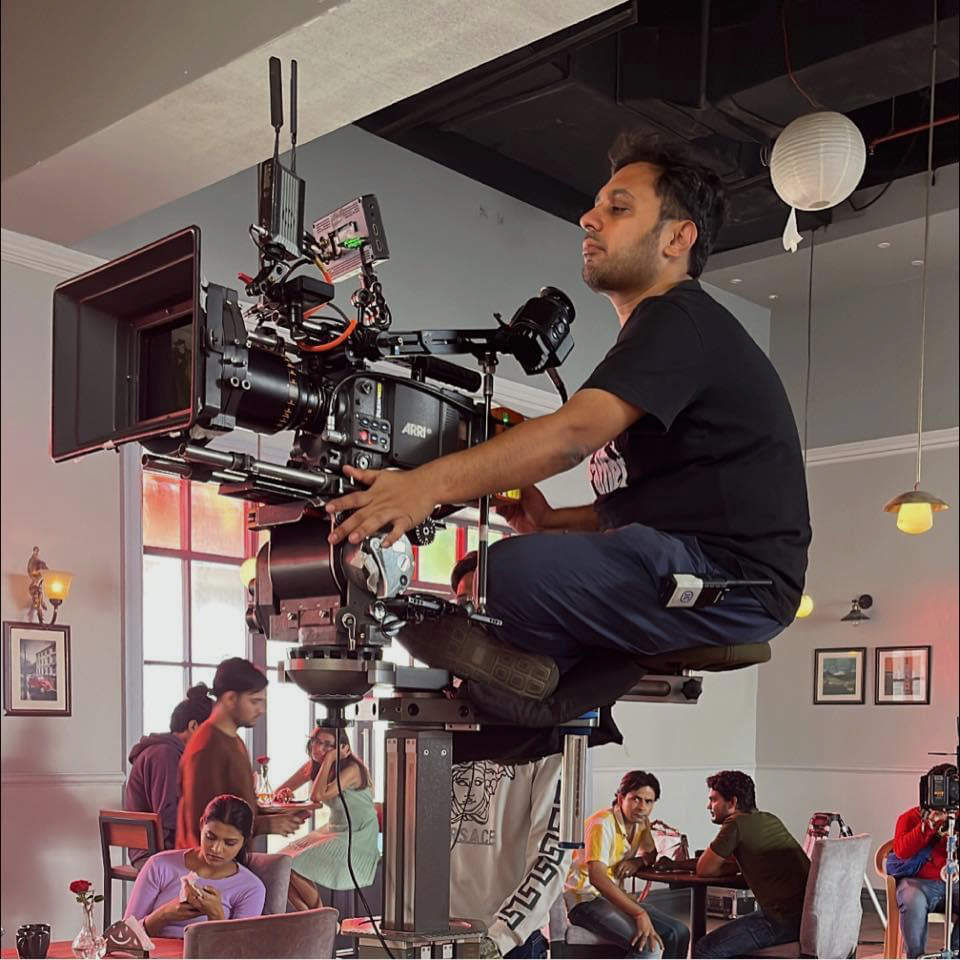
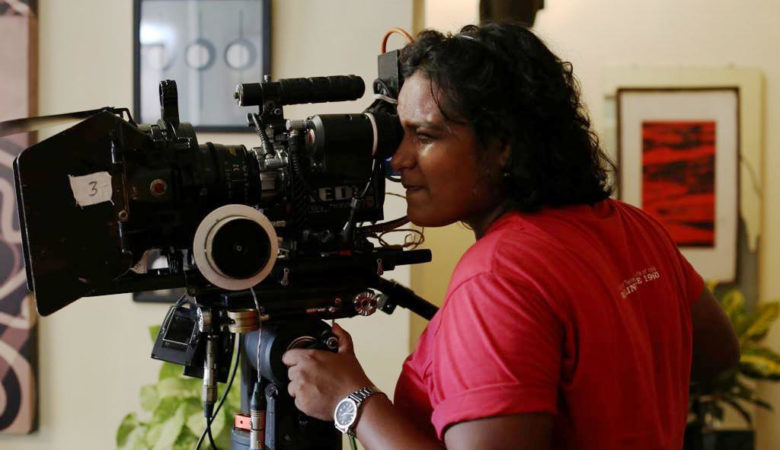
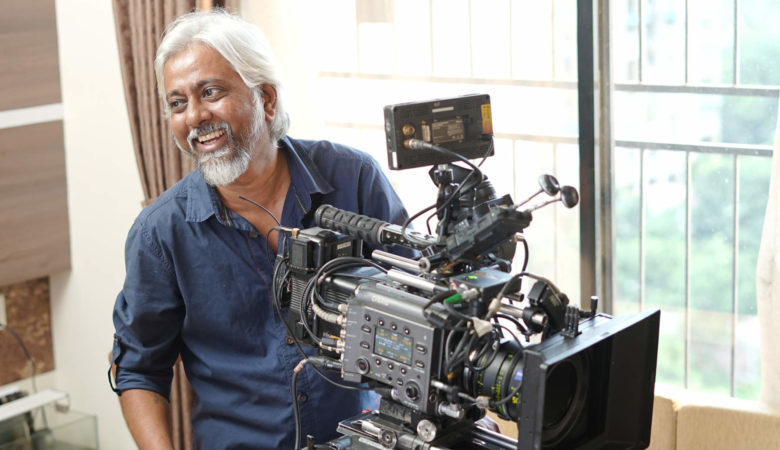
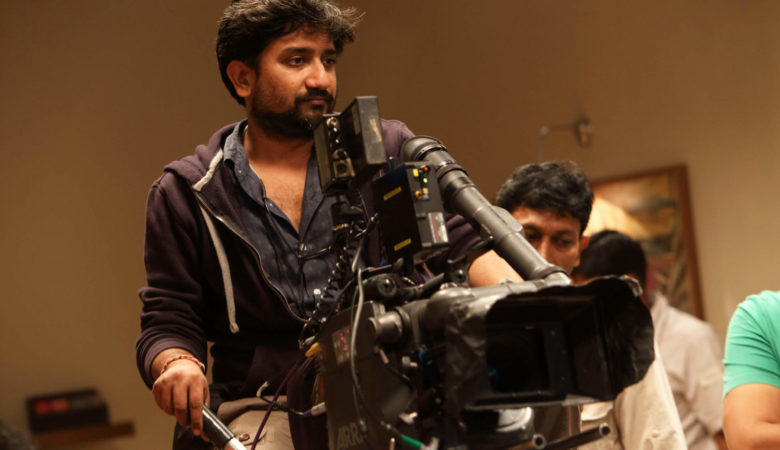
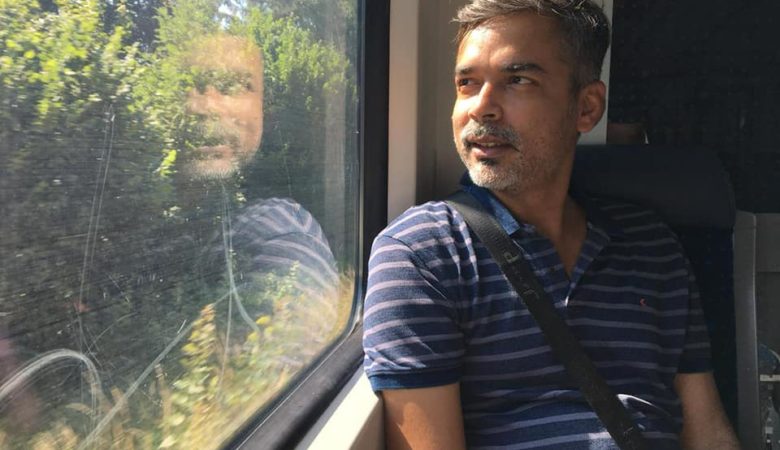


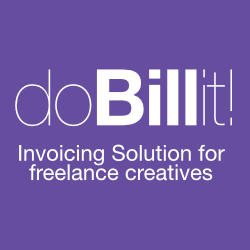
Leave a Reply